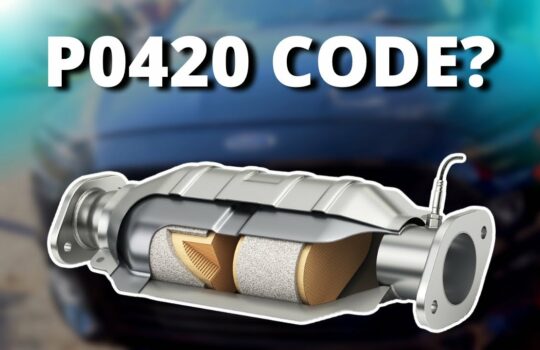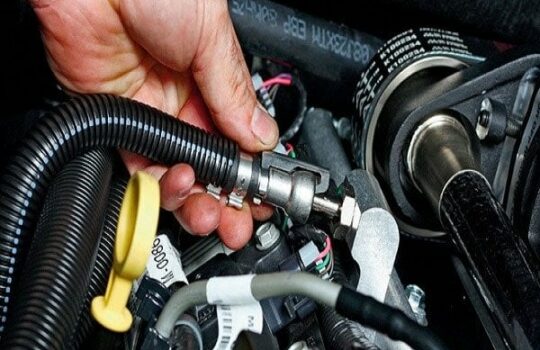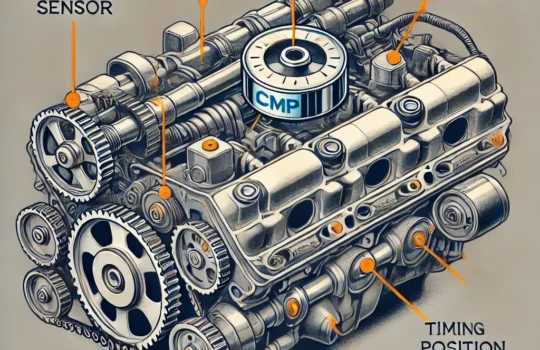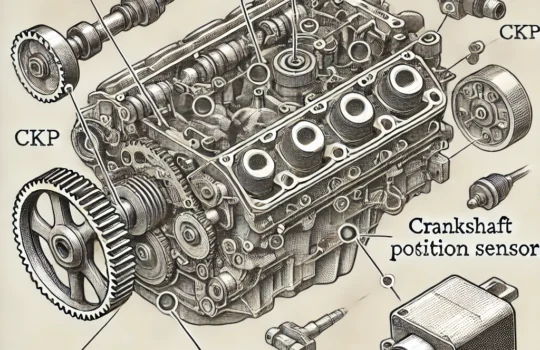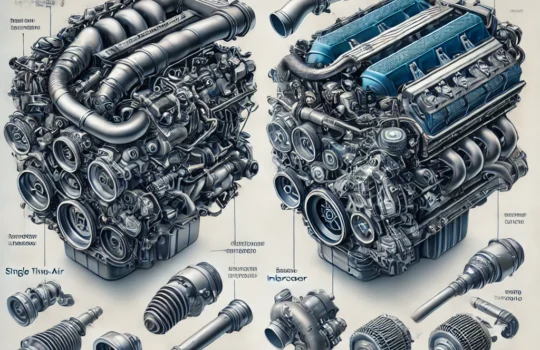Active Cornering Enhancement (ACE) is a technology that has garnered significant attention within the automotive community. Born from a lively discussion thread, this article seeks to shed light on its intricacies and benefits. Using the keyword “active cornering enhancement”, we hope to provide you with a thorough understanding that ranks among the best on Google.
What is Active Cornering Enhancement (ACE)?
Active Cornering Enhancement is a system used in various vehicles to improve handling, especially during cornering. It is designed to counteract body roll in vehicles, ensuring a smoother and more comfortable ride for the passengers. Through the use of sensors, ACE can detect the amount of roll based on the vehicle’s movement and then adjust the suspension to mitigate this roll.
How Does ACE Work?
At the core of ACE are the sensors and the electronic control unit (ECU). When a vehicle begins to corner, sensors monitor the lateral forces acting on the vehicle. These forces can cause the vehicle to lean, or “roll,” which is where ACE comes into play. The system will make real-time adjustments to the vehicle’s suspension, often employing hydraulic or electronic actuators. This results in reduced body roll and improved stability.
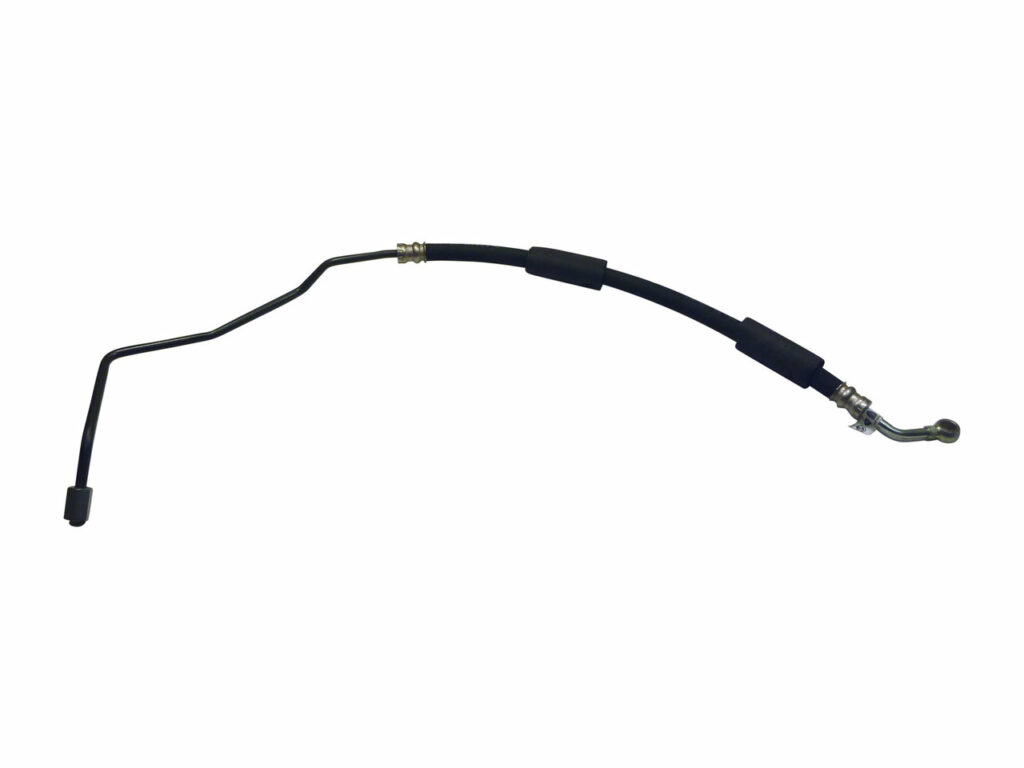
Benefits of Active Cornering Enhancement
- Improved Comfort: ACE ensures that passengers don’t feel significant lateral movements, leading to a more comfortable journey.
- Enhanced Stability: Vehicles equipped with ACE are less likely to lose grip during sharp turns, enhancing safety.
- Better Handling: With minimized body roll, drivers have a more responsive and predictable driving experience.
- Extended Lifespan of Vehicle Components: By reducing strain on the suspension and related components, ACE can potentially extend the longevity of these parts.
The Evolution of ACE
Like many automotive technologies, ACE has undergone several iterations since its inception. The initial systems were primarily hydraulic-based, but advancements have seen the integration of electronic components for more precise control. The future promises even more sophisticated systems with the integration of AI and machine learning, ensuring that the vehicle not only reacts to current conditions but anticipates them.
Read also: The Ultimate Guide to JLR Diagnostic Tools for Dealers and Workshops
Addressing Common Concerns About the Active Cornering Enhancement (ACE) Light
Active Cornering Enhancement (ACE) isn’t just about the technology behind improved vehicular handling but also about understanding the feedback mechanisms that come with it. One such feedback mechanism is the ACE light.
When the ACE Light Illuminates
Mskembo, an avid driver preparing for a road trip, brought up a concern that many vehicle owners might relate to. While driving, their ACE light turned on, prompting concerns about whether this was an indicator of a serious problem or just a minor hiccup that didn’t need immediate attention. Additionally, Mskembo pointed out the only other light illuminated was the “Offroad Suspension Mode” light.
Potential Causes & Troubleshooting
Best4x4, a Super Moderator with significant experience, highlighted a few potential issues:
- Low Fluid: One of the more common reasons the ACE light might come on is due to low fluid levels.
- Sensor Issues: There are two sensors related to the ACE system. If either malfunctions or isn’t connected properly, it can trigger the ACE light.
- Connection Problems: Best4x4 shared a personal experience where the ACE light was activated due to a poorly seated connector. After ensuring the connection was secure and restarting the vehicle, the problem was resolved.
What to Do When the ACE Light Turns On
- If the light turns red and blinks or dings, it’s an indicator of a more severe problem, such as a leak or a critical loss of pressure.
- If the light is amber, it suggests a system fault that might reduce ACE performance, but the vehicle isn’t necessarily in a dangerous state.
Explore best diagnostic and programming tools for you vehicle.
valuable information from the Owner’s Manual (OM):
- A RED flashing light that eventually turns constant indicates a system fault potentially causing serious damage to vehicle components. It also implies reduced ACE performance. In this case, you should stop the vehicle immediately and seek professional help.
- An AMBER constant light means there’s a system fault leading to reduced ACE performance, but it isn’t dangerous. It’s advisable to reduce speed, drive cautiously, and consult a professional at the earliest opportunity.
Final Thoughts
Active Cornering Enhancement is a testament to how far automotive technology has come. It showcases the industry’s commitment to ensuring that driving is not just about reaching a destination, but also about the journey’s comfort and safety. As ACE continues to evolve and find its way into more vehicles, passengers and drivers alike can look forward to smoother rides and sharper turns.
For those keen on delving deeper into the world of automotive technology, keep an eye on the latest threads and discussions. They often provide a goldmine of information, much like the one that inspired this article. Safe driving and happy cornering!
Unlock Your Vehicle’s Full Potential – Start Building Now!

Get Your Free Shop Software Now – Simplify Your Business


